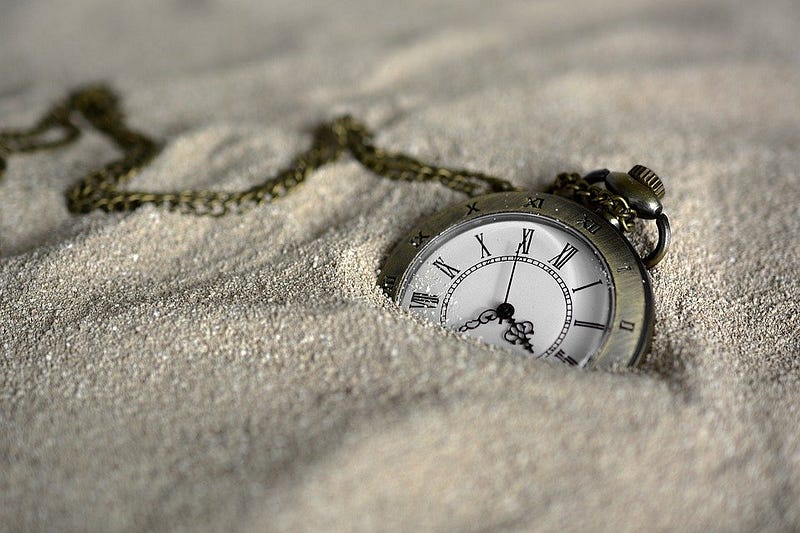# Exploring the Biological Limits of Human Lifespan
Written on
Chapter 1: Understanding Longevity Records
At present, the official record for human longevity stands at 122 years and 164 days, held by the French woman Jeanne Calment, who died on August 4, 1997. Since her passing, no individual has surpassed the 120-year threshold.

While some claims of older ages exist, they remain unverified. Additionally, the idea that Jeanne Calment was actually her daughter has been thoroughly discredited, solidifying her record as scientifically acknowledged.
Now, one might wonder: is 122 years the ultimate limit? Or is there potential for even greater longevity?
Opinions in the scientific community are varied. Some experts argue that we have reached the biological ceiling for human lifespan, while others maintain that the maximum age could be more adaptable.
Those who are optimistic about longevity assert that the first person to live to 1,000 years might already be alive today. This perspective hinges on potential breakthroughs in longevity research, regenerative medicine, and speculative technologies such as cyborg enhancements and mind uploading.
Chapter 2: Insights from Recent Research
A recent study examined the decline of various health indicators, merging them into a single metric known as the Dynamic Organism State Indicator (DOSI). The findings suggested that our biological capacity might extend somewhere between 120 and 150 years, assuming current medical advancements remain consistent.
Yet, the aging process is complex, and the DOSI or any similar measure may not fully capture all aspects of aging or the individual variations involved. Additionally, if we manage to eliminate age-related toxins from our bloodstream, it could significantly skew health metrics.
It's crucial to note that merely extending life without health is not the ultimate goal for most individuals. What value is there in living to 150 if half those years are marred by pain, dementia, or other age-associated ailments?
Furthermore, the available data on the "oldest old" is limited. Consequently, as we approach these potential limits, the margin for error in our estimates widens.
Chapter 3: Advancements in Data Collection
Despite these challenges, data quality is improving. Acknowledging the difficulties in gathering accurate information on supercentenarians (those aged 105 and older), researchers globally have partnered to compile data into the International Database for Longevity.
This database now includes metrics from over 1,119 validated supercentenarians. A new analysis utilizes this data to model the upper extremes of human lifespan.
Researchers employed a generalized Pareto distribution from extreme value statistics alongside the Gompertz distribution, a standard tool in demography.
In simple terms, this approach combines statistics aimed at studying outliers, like supercentenarians, with an established model for human mortality rates. The conclusion drawn from this research is that an upper limit of human lifespan below 130 years seems implausible.
However, the odds of reaching such ages are slim. The likelihood of someone reaching 130 years, conditional on already reaching 110, is akin to flipping heads 20 times in a row with a fair coin—an event with a probability of less than one in a million. While the growing number of supercentenarians may suggest that a maximum age of 130 could be achieved in this century, it remains a distant possibility.
Ultimately, all models have limitations, and the data is not exhaustive. Moreover, this analysis presupposes no significant advancements in longevity science or anti-aging therapies.
It's important to remember that reaching 130 years of age does not equate to doing so in good health. Our focus should be on achieving longevity with quality of life intact.